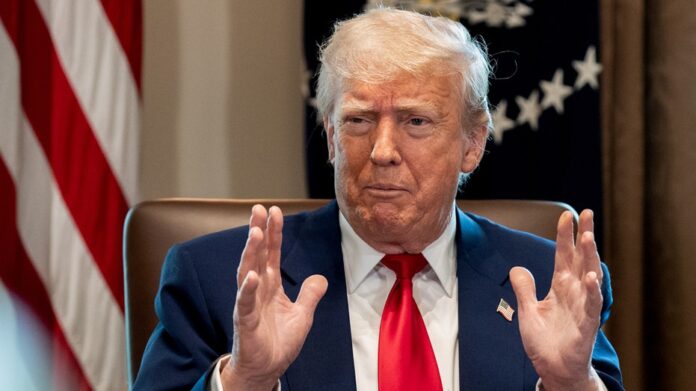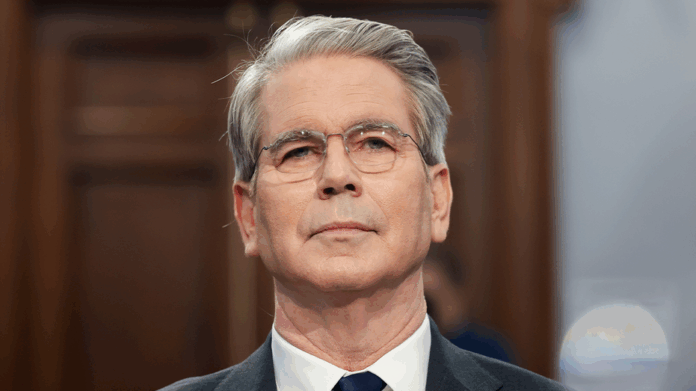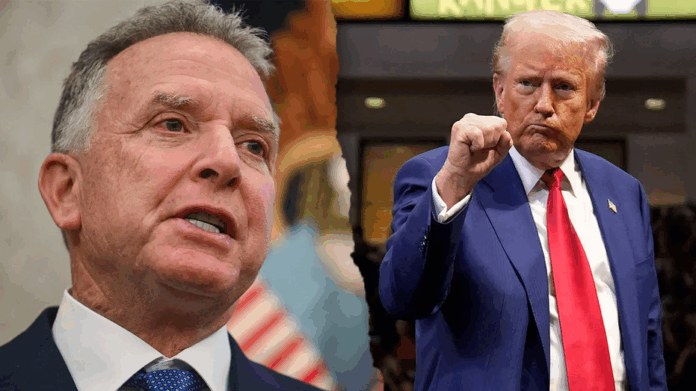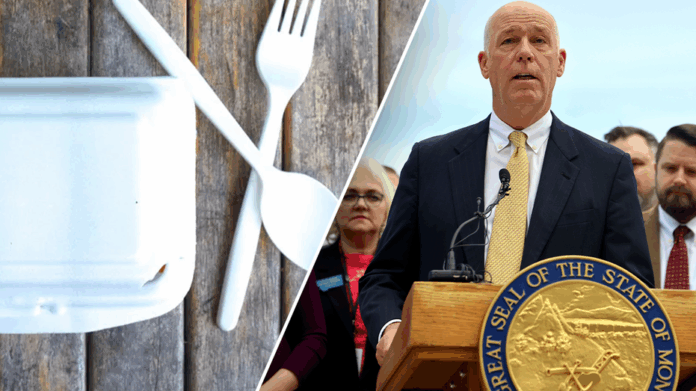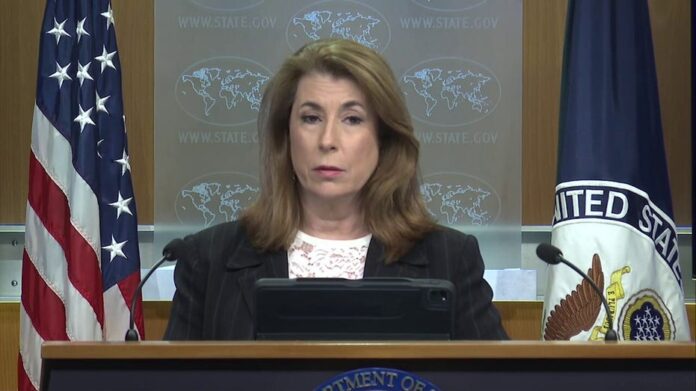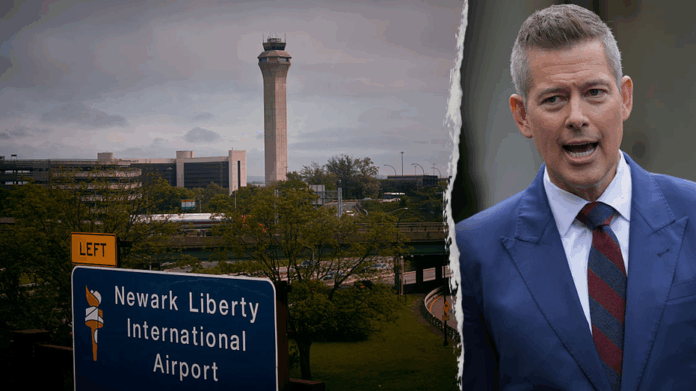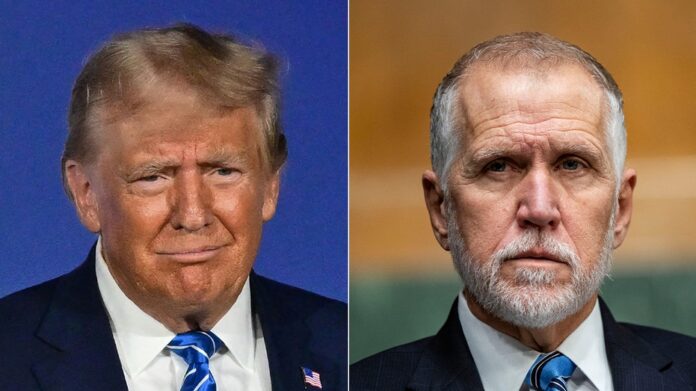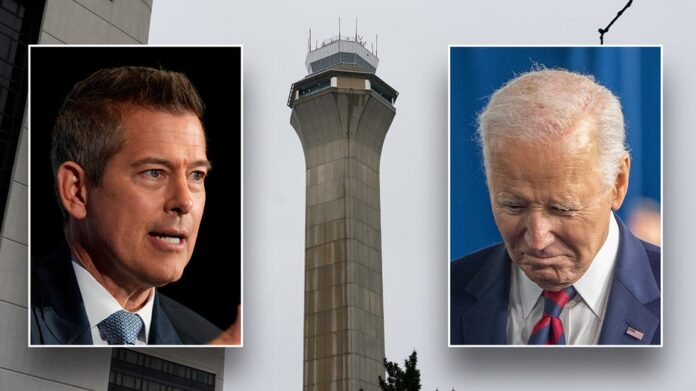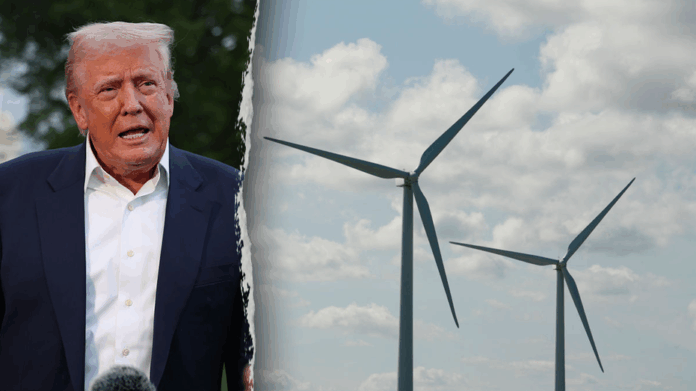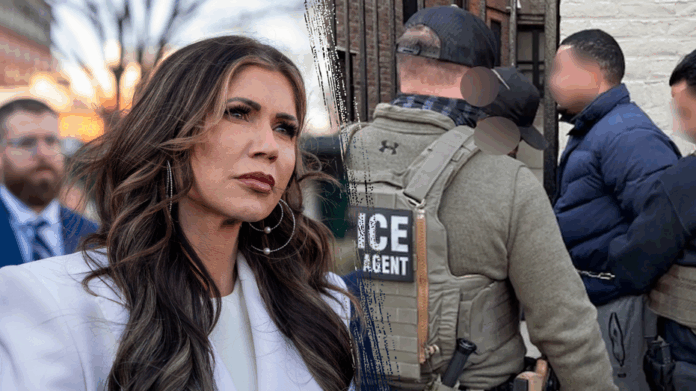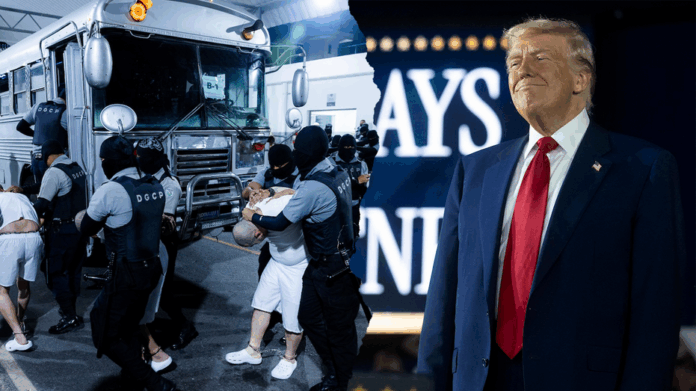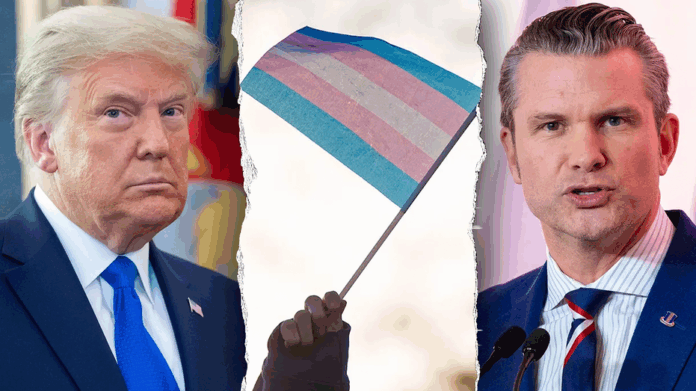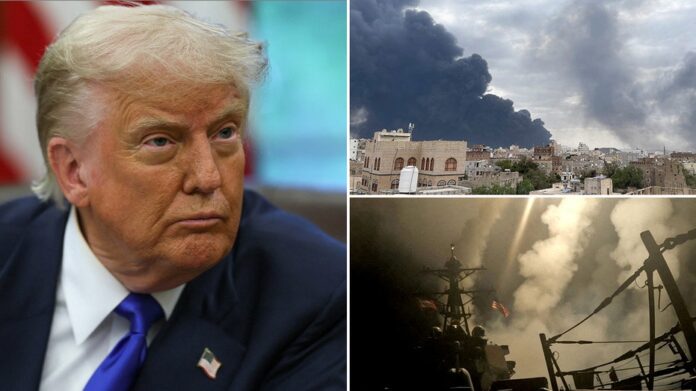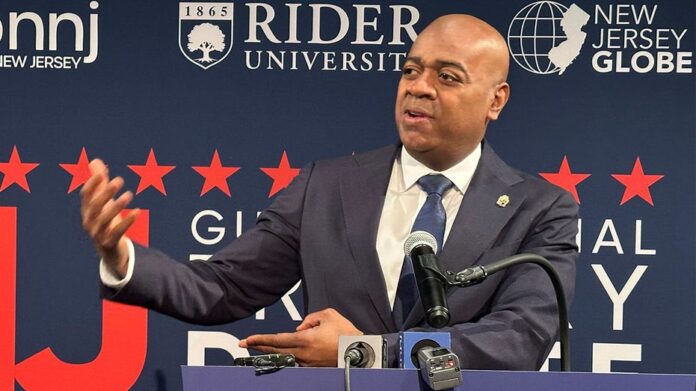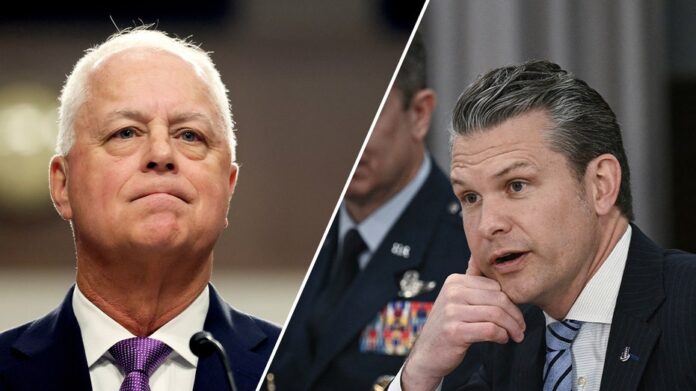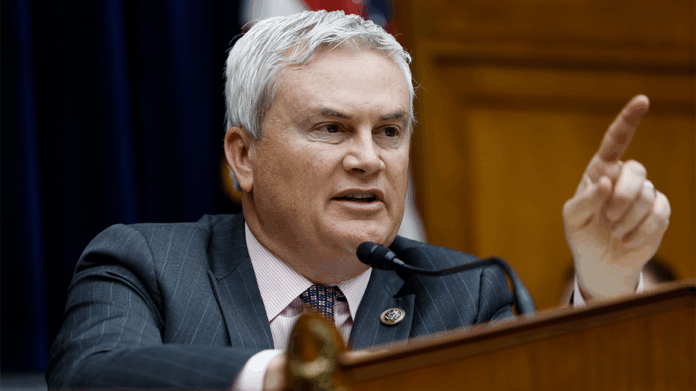The Catholic Church announced that priests will be excommunicated if they follow a new Washington state law requiring clergy to report confessions about child abuse to law enforcement.
“Catholic clergy may not violate the seal of confession — or they will be excommunicated from the Church,” the Archdiocese of Seattle said in a statement. “All Catholics must know and be assured that their confessions remain sacred, secure, confidential and protected by the law of the Church.”
“The Catholic Church agrees with the goal of protecting children and preventing child abuse,” the statement added, noting that it “remains committed to reporting child sexual abuse, working with victim survivors towards healing and protecting all minors and vulnerable people.”
The new law — signed by Democrat Gov. Bob Ferguson last week — added “members of the clergy” to a list of professionals who are required to report information that relates to child abuse or neglect to law enforcement, and the measure does not provide an exception for information offered at a confession booth.
DOJ INVESTIGATING ‘ANTI-CATHOLIC’ WASHINGTON STATE LAW REQUIRING CLERGY TO REPORT CHILD ABUSE
Priests in the Catholic Church have been bound by the absolute seal of confidentiality, an obligation that requires them to keep anything learned in confession a secret.
The Archdiocese of Seattle said its policies already require priests to be mandatory reporters unless the information is received during confession.
“While we remain committed to protecting minors and all vulnerable people from abuse, priests cannot comply with this law if the knowledge of abuse is obtained during the Sacrament of Reconciliation,” its statement said.
UTAH BILL WOULD PROTECT CLERGY MEMBERS WHEN REPORTING CHILD ABUSE TO POLICE
The U.S. Department of Justice’s Civil Rights Division has opened an investigation into the law for possible violations of the First Amendment’s religious protections.
“SB 5375 demands that Catholic Priests violate their deeply held faith in order to obey the law, a violation of the Constitution and a breach of the free exercise of religion cannot stand under our Constitutional system of government,” Assistant Attorney General Harmeet K. Dhillon of the DOJ’s Civil Rights Division said.
“Worse, the law appears to single out clergy as not entitled to assert applicable privileges, as compared to other reporting professionals,” she continued. “We take this matter very seriously and look forward to Washington State’s cooperation with our investigation.”
The bill will go into effect on July 26.
Washington is one of just five states that does not explicitly or implicitly require clergy to report suspected child abuse or neglect, a federal report shows, according to Fox 13. Most states exempt information obtained through confession from mandatory reporting, but Washington now joins just a handful of states that do not provide such exemptions.
“This new law singles out religion and is clearly both government overreach and a double standard,” the Archdiocese of Seattle said. “The line between Church and state has been crossed and needs to be walked back. People of every religion in the State of Washington and beyond should be alarmed by this overreach of our Legislature and Governor.”


